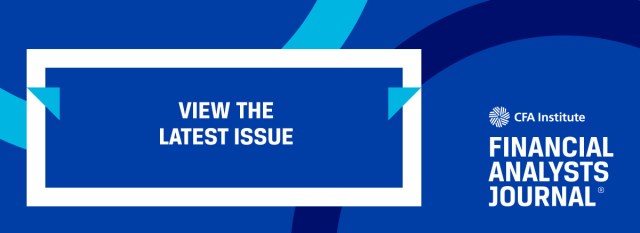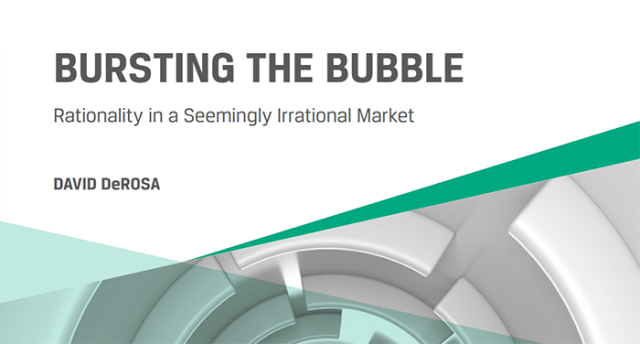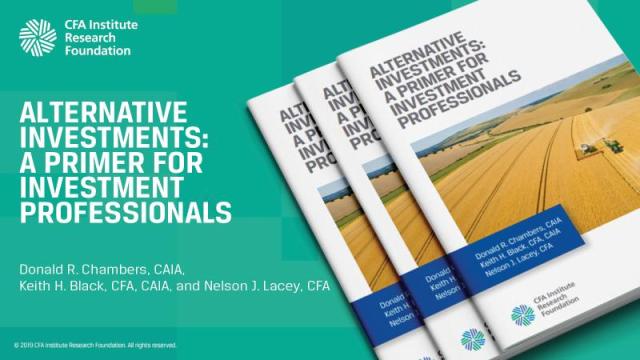[ad_1]
Benchmarking requires the ability to objectively generalize results. This is why the development of any financial benchmark is in essence the complex outcome of a rigorous averaging exercise.
From this perspective, the currently adopted public market equivalent (PME) methodologies for benchmarking private equity have not overcome the well-known limitations of the internal rate of return (IRR).
PME-based benchmarking exercises fail not only from the formal standpoint of mathematical and statistical accuracy, they also fail on substance. PME does not reflect the economic reality of private equity investing. Indeed, in this respect, it is even worse than the IRR.
PME does not represent a risk-adjusted metric. It implies a relative beta measurement assumption about the underlying public market benchmark without clear market standards as to how to measure the beta of a PE fund.
The widespread use of generalized PME benchmarking outcomes misrepresents the cash and equity nature of self-liquidating private funds. Without consistent underlying data — academia has failed to cover the statistical basics’ bases in this case — generalized PME-based benchmarking exercises are transforming what should be objective valuations into after-hours pub discussions among fans of opposing methodologies.
Now, this is not to say that for a single fund calculating the PME or the IRR is incorrect. Rather, I believe PME and IRR use should be rigorously confined to the realm of single asset valuations. The IRR is a well-known shortcut for net present value (NPV) calculations at the single project level. PME is a relative value variation of this theoretical exercise and is only possible on an ex-post basis.
Public Market Equivalent (PME) Measures
PME has different configurations that are well detailed in industry publications. For reference, here’s my simplified summary:
1. Long–Nickels PME (LN-PME)
In its original configuration, the LN-PME, which is often inaccurately described as an annualized rate, is calculated by converting PE fund contributions to an equivalent purchase of shares in a specific public index and subsequent distributions from the PE fund into sales of public index shares. The output is an IRR-like rate of return — indeed, performance is gauged by comparing the IRR generated by the public market investment to the fund’s IRR.
Notwithstanding calculation challenges — among them, high PE fund distributions producing negative PME NAVs — this is an apple-to-apple comparison and perfectly valid for analyzing a single asset. But LN-PME results have the same limitations as the IRR: They cannot be properly averaged and generalized.
2. PME+
PME+ calculations have sought to address the calculation limitations of the LN-PME by introducing scaling factors to contributions and distributions. But they essentially have preserved both the good and the bad of the PME’s original purpose: to serve as the IRR of the public markets. Greater calculation accuracy has come at the expense of precisely matching the cash flows.
3. Kaplan–Schoar PME (KS-PME)
The latest KS-PME version dissolves the IRR connection and transforms the PME into a ratio. The numerator is calculated as the sum of the compounded value of distributions plus the fund’s actual NAV, and the denominator as the sum of the compounded value of contributions. The compounding factors are the relevant ex-post period returns of the chosen public market index. A ratio above one indicates outperformance. Like the LN-PME, the KS-PME yields a perfectly valid apple-to-apple comparison for the single asset under review.
PME’s Generalization Flaws: Benchmarking Inadequacy
In any statistical exercise, the robustness of the result, even one as simple as an average, is influenced by how the experiment is defined and the population that is observed, sampled, and measured.
If IRR can’t be properly averaged, the same is true for PME metrics.
- Both IRR and PME don’t properly account for the amounts and timing of the investments and disinvestments. Consequently, the measures being averaged lack consistency.
- Both IRR and PME are impacted by the use of subscription lines and other financing tools. The IRR better anticipates the impact in this case, usually with a higher rate, while the PME swings are unpredictable and subject to the volatility of the market.
But what about the short-term volatility of the public markets? Volatility will likely exert a random influence on the compounding rates that determine the PME. In certain cases, that influence might be significant. Consider, for example, the V-shaped crisis of March 2020 and its effect from a PME perspective on the distributions and contributions scheduled during that period.
PME’s Weak Representativeness as a Benchmarking Tool
But more than the volatility noise, what PME mechanics truly miss is the economic substance of PE managers’ investment styles.
I managed institutional investments on the public equity markets with an unconstrained mandate and an annualized target of 8%. Whether the markets were on a bull run did not concern me much. My mandate was to make at least 8% and no less. When I exceeded the threshold, I looked to de-risk and reduce beta exposure and sell. Of course, I knew investors would complain if I didn’t beat the market, but given my mandate, I relied on two key rules from Warren Buffett: “The first rule of an investment is don’t lose. And the second rule of an investment is don’t forget the first rule, and that’s all the rules there are.”
Due to behavioral biases, investors often forget the purpose of an investment style. Private equity’s is absolute return. That is stated in the traditional 8% hurdle rate of the “promote” incentive. Moreover, a recent academic study asked a critical question: “What Do Private Equity Firms Say They Do?” The survey of GPs managing more than $750 billion found that their LPs are more focused on absolute returns. Yet the PME measures relative performance and does not capture the full dynamics of private market investments from either a GP’s or an LP’s perspective
Since PME measures the wealth multiple effect of investing in the PE fund versus the index, evaluating PE funds based on the PME’s implied closet-indexing features would distort the absolute return intrinsic feature of PE and the LPs’ return expectations. GPs would need to time the market to beat it — and in that case, they may face the risk not to generate the targeted total return within the stated timeframe.
Proper benchmarking tools should consider all of private equity’s investment features — cash that is invested and returned with a total return objective. The DaRC time-weighted, duration-based approach is the only unbiased solution that would address both GPs and LPs PE evaluation requirements.
“Vendi, guadagna e pentiti,” an old boss of mine, a career trader, used to say. “Sell, make money, and repent!” The English-speaking world would say, “Sell in May and go away.”
If you liked this post, don’t forget to subscribe to the Enterprising Investor.
All posts are the opinion of the author. As such, they should not be construed as investment advice, nor do the opinions expressed necessarily reflect the views of CFA Institute or the author’s employer.
Image Credit: © Getty Images / Nancy Naughton / 500px
Professional Learning for CFA Institute Members
CFA Institute members are empowered to self-determine and self-report professional learning (PL) credits earned, including content on Enterprising Investor. Members can record credits easily using their online PL tracker.
[ad_2]
Image and article originally from blogs.cfainstitute.org. Read the original article here.





